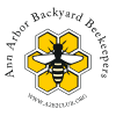|
Since our last post, we've had a few checks and mini-checks and harvested a bit more honey from the Flow Hives, so I'm just going to sum up some highlights here: 1. An alcohol wash mite test on our Yellow Queen hive in July revealed 12 mites per 300 bees or 4 mites/100 bees. Since this was above the accepted threshold of 3mites/100 bees, we decided to treat the entire apiary with FormicPro strips when the weather was cool enough to do so. 2. Two of our hives had marked, laying queens laying single eggs in the worker cells, but also had what seemed to be laying workers with many cells containing multiple eggs! I asked Anna Heck, the bee expert at MSU, what she thought about this and she said that it sometimes happens. A check about a week later confirmed that the situation is about the same though the hives are strong and have a lot of worker brood present, there are still cells with multiple eggs in them. 3. We harvested about six more pounds of honey from the Flow Hive Supers, though harvesting is getting more difficult due to robbing from yellow jackets. 4. Because the yellow jackets were so bad at harvest time, I've applied entrance reducers or robbing screens to almost every hive entrance to protect our bees from robbing. 5. We are back down to 10 hives because the swarm we captured out of the pine tree unfortunately didn't have a queen, so we combined it with another hive. Our plans for the next check are to make sure the hives have enough space and are queenright. Our next Flow Hive check will be Saturday, August 12th at 10am in the A2B2 Teaching Apiary in the Campus Farm Area of Matthaei Botanical Gardens. If you would like to join the A2B2 Flow Hive Team or would like to know more about the Flow Hive in general, please contact Jen Haeger at [email protected].
0 Comments
Leave a Reply. |
What is a Flow Hive?
A Flow Hive is a Langstroth-style hive system with plastic frames which allow honey to be harvested directly from the hive. www.honeyflow.com/pages/how-flow-works Archives
May 2024
Categories |

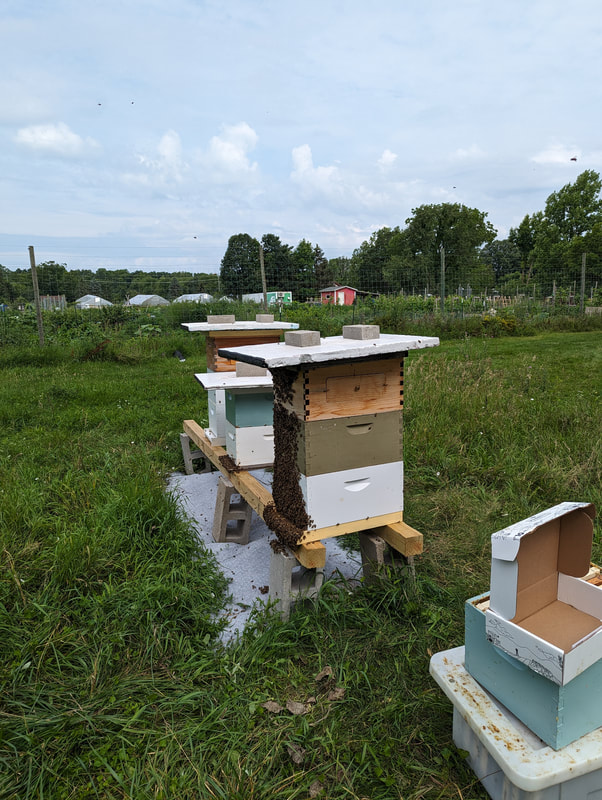

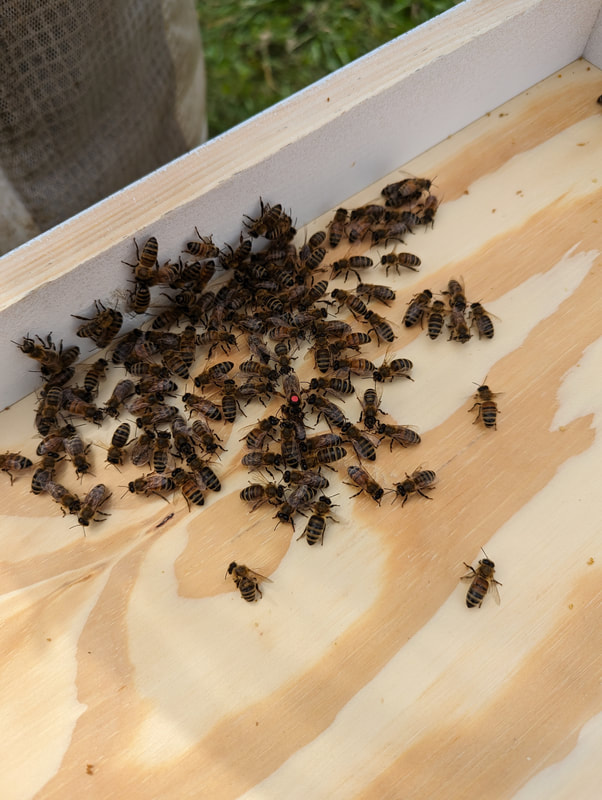
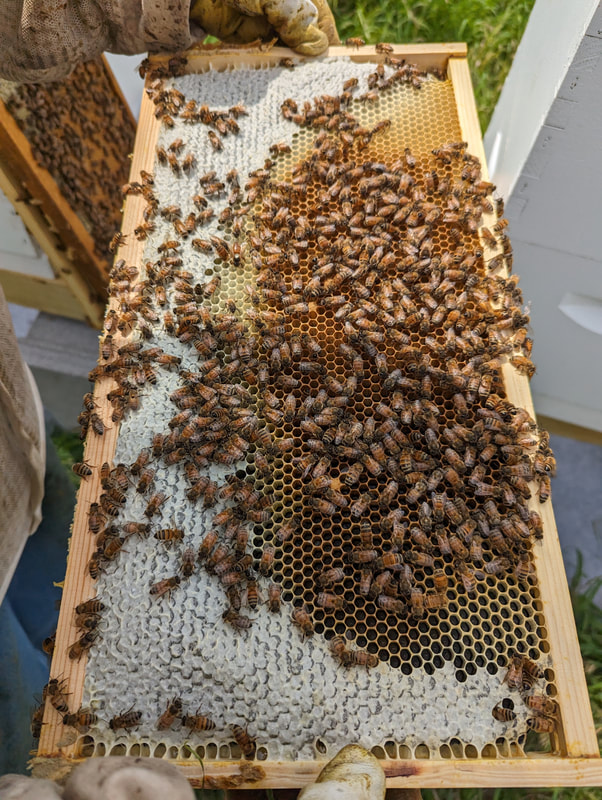
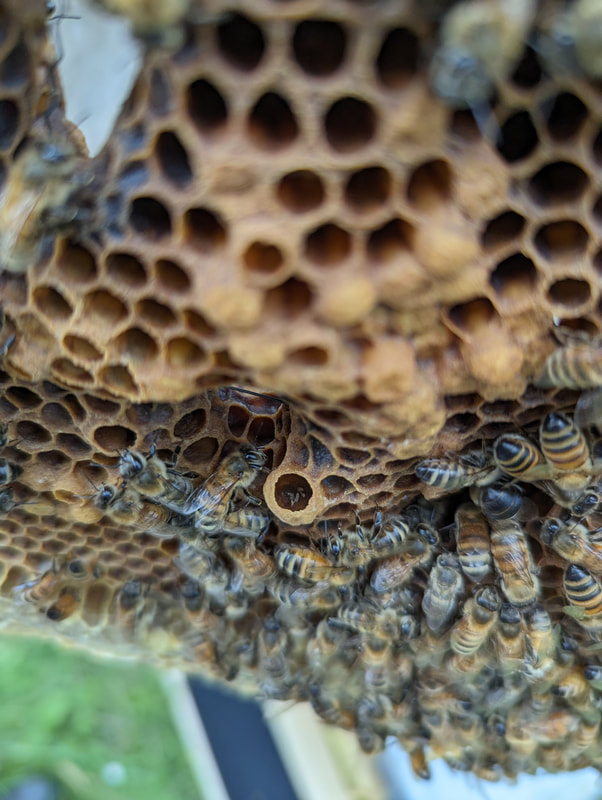
 RSS Feed
RSS Feed
